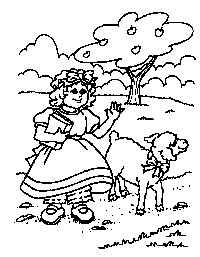| Was
Brown an easy case? 1. Unanimous opinion is misleading ---Initially, there were 5 votes to uphold separate but equal in most of the cases (4 in DC case governed by 5th Am--Frankfurter swing vote) 2. Some justices concerned about case leading Court into political thicket ---"How do we implement our ruling?" "Isn't this better left to political branches?" (Jackson, Vinson, Clark) 3. Justice Reed convinced framers were okay with segregated schools (originalist view) 4. In a December 1952 memo to his boss, Justice Robert Jackson, law clerk William Rehnquist wrote, "I think that Plessy v. Ferguson was right and should be affirmed." When this memo became an issue in his Supreme Court confirmation hearing, Rehnquist claimed that the memo reflected Jackson's views, not his own, but that explanation was almost certainly a lie and smeared one of the Court's greatest justices. 5. Given closely divided cases going different ways, Court decided to rehear arguments the following year (December 1953). 6. Chief Justice Vinson dies of heart attack on Sept. 8, 1953 and is replaced by Earl Warren: 5 clear votes to end segregation. 
8. Assumed that Justice Reed would
write dissent, but he agreed to keep doubts private and let the opinion
be unanimous.
|
Exploring Constitutional Law